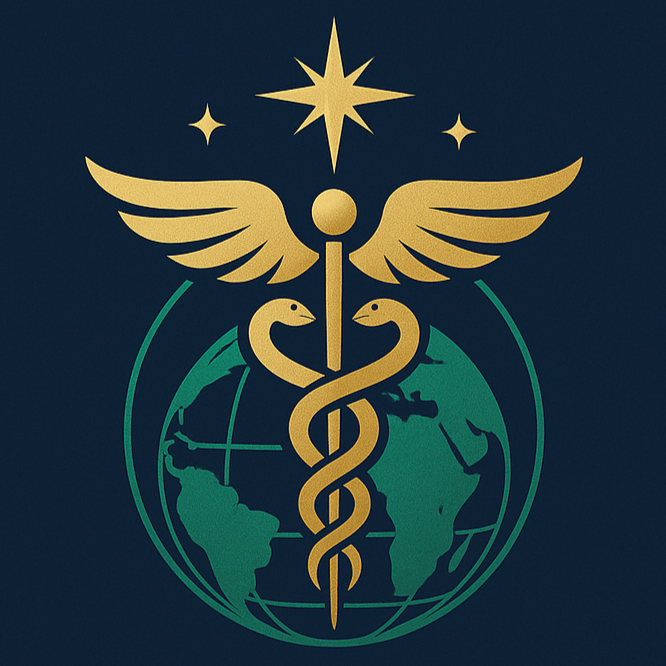mTESE + ICSI 顯微睪丸取精手術 + 單一精子顯微注射
The Most Challenging Aspect of Male Infertility: Azoospermia
Azoospermia is the most challenging condition in male infertility. For these patients, our fertility specialists, urologists, and embryologists provide the highest standard of care in Taiwan. At TVGH hospital, the cumulative live birth rate for couples affected by azoospermia exceeds 40%. In 2021, they successfully achieved Taiwan's first live birth through round spermatid injection (ROSI).
Overview
Infertility is defined as the inability to conceive after one year of regular, unprotected intercourse. Approximately 1% of men in the general population have no sperm in their semen—a condition known as azoospermia. Azoospermia is further categorized into two types: obstructive and non-obstructive.
-
Obstructive Azoospermia: Refers to physical blockage in the reproductive tract. Despite the obstruction, normal sperm production still occurs in the testes, allowing mature sperm to be easily retrieved from the testis or epididymis.
-
Non-Obstructive Azoospermia: Involves impaired sperm production. In such cases, microdissection testicular sperm extraction (mTESE) is required to retrieve viable sperm for use in in vitro fertilization (IVF) treatment.
Procedure
For couples dealing with azoospermia, egg cryopreservation is typically performed before sperm retrieval. This process includes ovarian stimulation, ultrasound-guided egg retrieval, and vitrification of the eggs.
mTESE is performed by urologists under general anesthesia. Using a surgical microscope, our specialists locate normal-appearing seminiferous tubules within the testis. An innovative on-site touch print smear technique is used to immediately assess the presence of sperm cells. Embryologists then isolate sperm cells from the extracted testicular tissue and perform intracytoplasmic sperm injection (ICSI) to fertilize the eggs. Finally, fertility specialists transfer the resulting embryos into the uterus, and a pregnancy test is conducted approximately two weeks later.
Details of mTEST + ICSI Treatment
🔬 mTESE (Microdissection Testicular Sperm Extraction)
To search for rare, viable sperm in patients with azoospermia due to impaired spermatogenesis.
Surgical Steps:
1. Anesthesia & Preparation:
-
The patient undergoes general anesthesia.
-
The scrotal area is disinfected and prepared.
2. Surgical Incision:
-
A small incision is made in the scrotum to expose the testis.
-
The tunica albuginea is carefully opened to reveal the seminiferous tubules.
3. Microscopic Dissection:
-
Under a surgical microscope (magnified 20–25x), enlarged and healthy-looking seminiferous tubules are identified.
-
An innovative real-time "touch print smear" technique is used to assess the presence of sperm by immediate staining and examination.
4. Tissue Sampling & Processing:
-
Testicular tissue that appears promising is extracted.
-
Embryologists examine the tissue under a microscope to search for and isolate sperm.
-
If no sperm are found, additional samples are taken until no viable tissue remains.
5. Wound Closure:
-
After sperm retrieval, the testis and scrotal incision are sutured.
-
This is typically an outpatient procedure, and the patient may return home the same day.
🧬 ICSI (Intracytoplasmic Sperm Injection)
Purpose:
To inject a single sperm into a mature egg to achieve fertilization.
Procedure Steps:
1. Oocyte Preparation:
-
The female partner undergoes ovarian stimulation, followed by ultrasound-guided egg retrieval.
-
Mature eggs are vitrified (frozen) for future use, if needed.
-
Once sperm are obtained, the eggs are thawed and prepared for fertilization.
2. Sperm Injection:
-
Under a microscope, an embryologist uses a fine glass needle to inject a single sperm directly into each egg.
-
Multiple eggs are typically injected in one session.
3. Observation & Embryo Culture:
-
Fertilization is assessed 16–18 hours post-injection.
-
Successfully fertilized embryos are cultured to day 3 (cleavage stage) or day 5 (blastocyst stage).
4. Embryo Transfer & Pregnancy Testing:
-
One or two embryos are transferred into the uterus.
-
Any remaining embryos may be cryopreserved for future use.
-
A pregnancy test is performed approximately 9–14 days later to confirm implantation.
✅ Who Is Suitable for mTESE + ICSI:
-
Azoospermic men with non-obstructive causes.
-
Men whose testes still contain some active spermatogenic cells, albeit in low numbers.
-
Patients with prior radiation or chemotherapy affecting sperm production.
-
Men who previously failed sperm retrieval but wish to try again.

